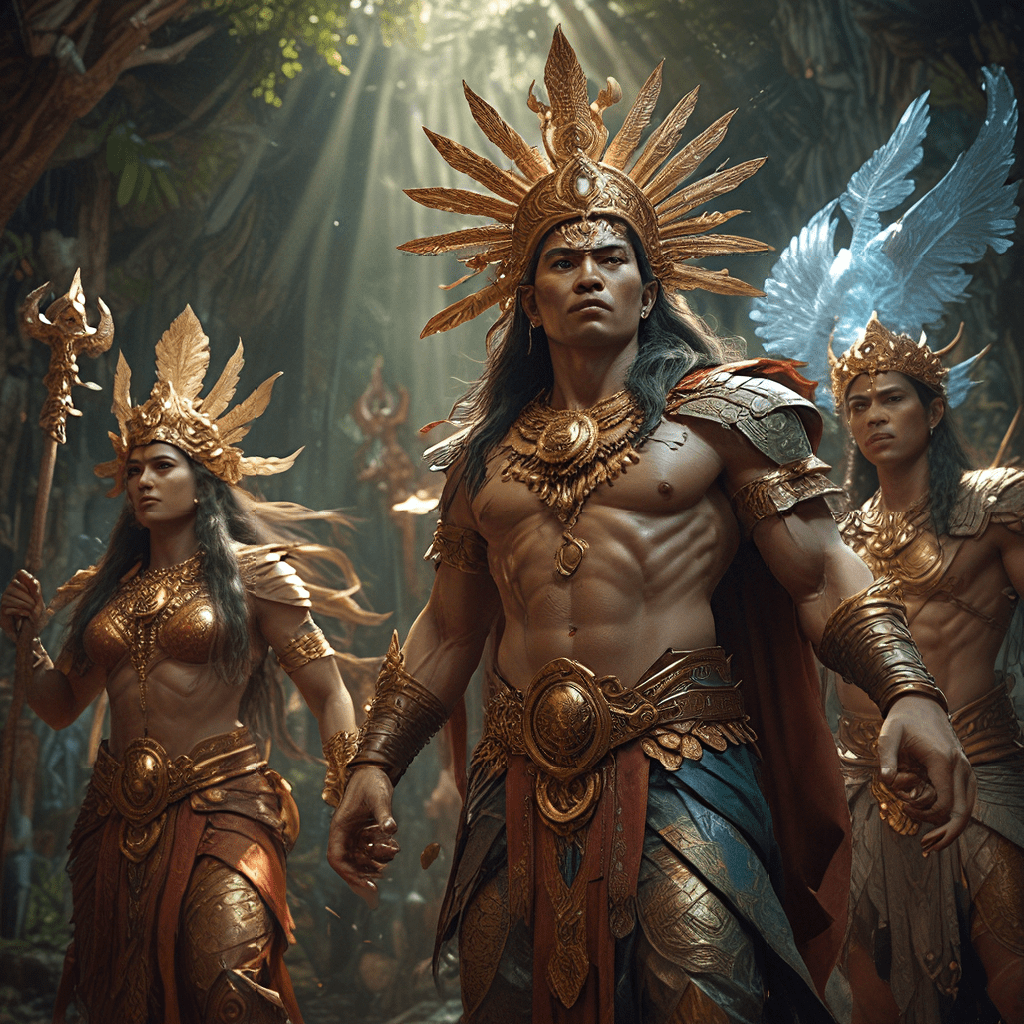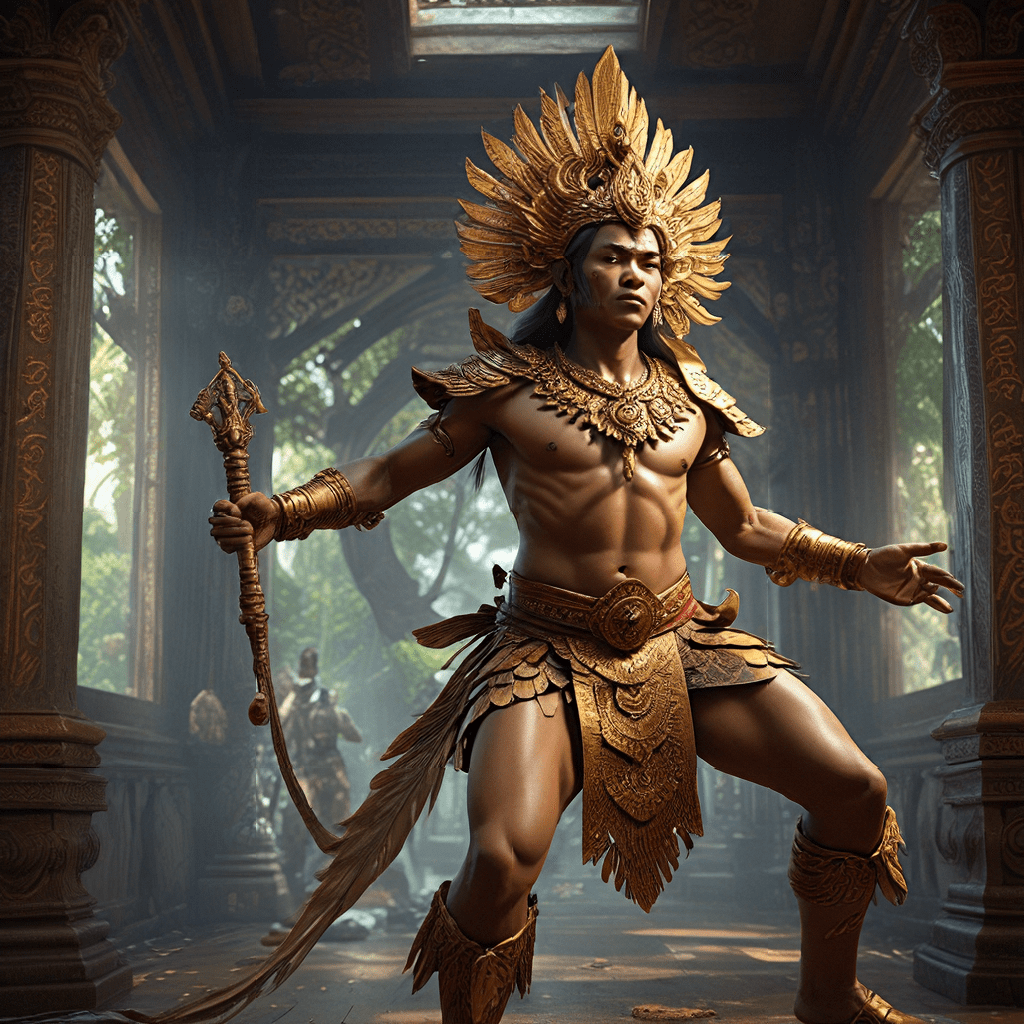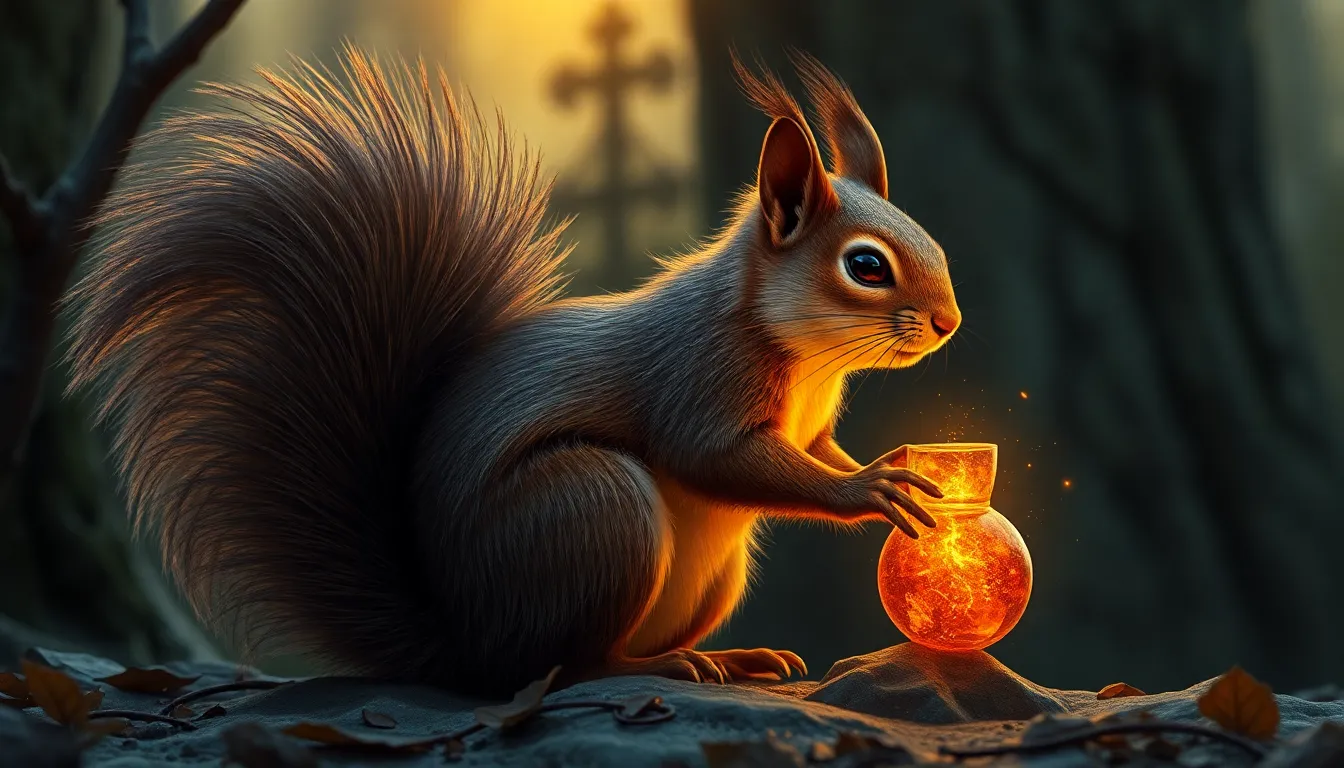Underworld Myths: The Stories That Shape Our Beliefs
I. Introduction
Underworld myths are narratives that explore the realms associated with death and the afterlife, often reflecting a culture’s beliefs about what happens after we die. These myths serve as vital components of spiritual and moral frameworks, offering insights into how different societies cope with mortality and the unknown.
The significance of underworld myths spans across various cultures, providing a lens through which humanity contemplates existence, morality, and the nature of the soul. This article aims to delve into the historical context, common themes, prominent myths, psychological impacts, and contemporary relevance of underworld narratives. We will explore how these ancient beliefs continue to influence modern thought and culture.
II. Historical Context of Underworld Myths
Underworld myths trace their origins back to ancient civilizations, each contributing unique perspectives on death and the afterlife.
A. Origins of underworld myths in ancient civilizations
- Mesopotamian beliefs: In ancient Mesopotamia, the underworld, known as Kur or Irkalla, was a shadowy realm where all souls went after death, regardless of their earthly deeds.
- Egyptian afterlife concepts: The Egyptians believed in a complex afterlife, where the dead would face judgment by the god Osiris. Their beliefs emphasized the importance of moral conduct in life to secure a favorable outcome in the afterlife.
- Greek and Roman perspectives: Greek mythology portrays Hades as the underworld, ruled by the god of the same name. The Romans adopted this view, emphasizing themes of fate and the journey of the soul.
B. These myths evolved through the ages, influenced by cultural exchanges, religious transformations, and philosophical developments, yet they consistently address the universal themes of death and the afterlife.
III. Common Themes in Underworld Myths
Despite the diversity of cultures, several themes recur in underworld myths:
- Death and Rebirth: Many myths depict death not as an end but as a transformation or a passage to a new existence.
- Judgment and Morality: The concept of judgment is prevalent, where souls are evaluated based on their earthly actions.
- The Role of Deities and Spirits: Various gods and spirits play crucial roles in guiding, judging, or tormenting souls in the afterlife.
- The Journey of the Soul: Myths often describe a journey that souls undertake after death, filled with trials and tribulations.
IV. Prominent Underworld Myths from Around the World
Different cultures offer rich narratives about the underworld. Here are some prominent examples:
- The Epic of Gilgamesh (Mesopotamia): This ancient text features a quest for immortality and explores the inevitability of death, ultimately highlighting the importance of legacy.
- The Egyptian Book of the Dead: A collection of spells and prayers designed to assist the deceased in navigating the afterlife, emphasizing moral conduct and the heart’s weight against a feather.
- Greek Mythology: Hades and the River Styx: Souls must cross the River Styx, ferried by Charon, to reach Hades, where they face judgment.
- Native American Underworld Stories: Various tribes have unique narratives about the underworld, often involving themes of balance, connection to nature, and ancestral guidance.
V. The Psychological Impact of Underworld Myths
Underworld myths have profound psychological implications, affecting how individuals and societies cope with death:
- Coping with Mortality: These myths provide frameworks for understanding and accepting mortality, helping individuals confront their fears of death.
- Morality and Ethical Behavior: They often serve as moral compasses, influencing behaviors and societal norms regarding right and wrong.
- The Underworld as a Metaphor: The concept of an underworld can also symbolize the subconscious mind, exploring inner fears and desires.
VI. Underworld Myths in Literature and Art
Underworld myths have inspired countless literary and artistic works:
A. Analysis of famous literary works featuring underworlds
- Dante’s “Inferno”: This epic poem vividly depicts the nine circles of hell, embodying moral lessons through its narrative of judgment and redemption.
- Virgil’s “Aeneid”: This work includes a poignant journey to the underworld, reflecting on fate, duty, and the nature of the soul.
B. Artistic representations of the underworld in paintings and sculpture
Artists throughout history have portrayed underworld themes, from Hieronymus Bosch’s surreal visions to Michelangelo’s frescoes in the Sistine Chapel, reflecting societal fears and fascinations with death.
C. Modern adaptations in film and media
Today, underworld myths continue to influence popular culture, appearing in films, television shows, and video games, often reinterpreted for contemporary audiences.
VII. Cultural Variations and Interpretations
Underworld myths vary significantly across cultures:
A. How different cultures portray their underworlds
Each culture has its unique interpretation of the afterlife, reflecting its values and beliefs.
B. Comparison of Eastern and Western beliefs
Eastern philosophies often emphasize cycles of rebirth and karma, while Western traditions tend to focus on linear concepts of judgment and salvation.
C. The impact of colonization and globalization on these myths
Colonization and globalization have led to the blending and sometimes the loss of traditional narratives, creating new interpretations in contemporary contexts.
VIII. Contemporary Relevance of Underworld Myths
Underworld myths remain relevant today:
A. How underworld myths influence modern spirituality
These narratives often inform modern spiritual practices, resonating with those seeking meaning beyond the material world.
B. The resurgence of interest in ancient mythologies
There has been a growing fascination with ancient mythologies, seen in literature, art, and spiritual practices.
C. Underworld myths in popular culture and their societal implications
Contemporary films and books often explore underworld themes, reflecting societal anxieties and aspirations regarding death and the afterlife.
IX. The Future of Underworld Myths
The future of underworld myths will likely be shaped by technological advancements and changing cultural landscapes:
A. The role of technology and digital storytelling
Digital media offers new platforms for storytelling, allowing for innovative interpretations of underworld myths.
B. Potential evolutions of these myths in the 21st century
As society evolves, so too will the narratives surrounding the underworld, possibly incorporating contemporary issues such as climate change and existential threats.
C. The continuing relevance of underworld narratives in shaping beliefs
Ultimately, underworld myths will continue to play a vital role in shaping human beliefs about life, death, and the mysteries that lie beyond.




